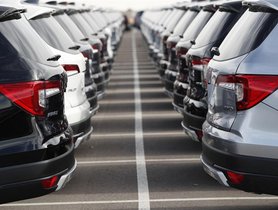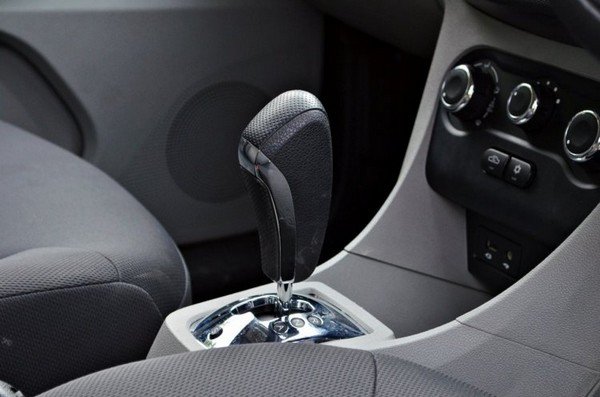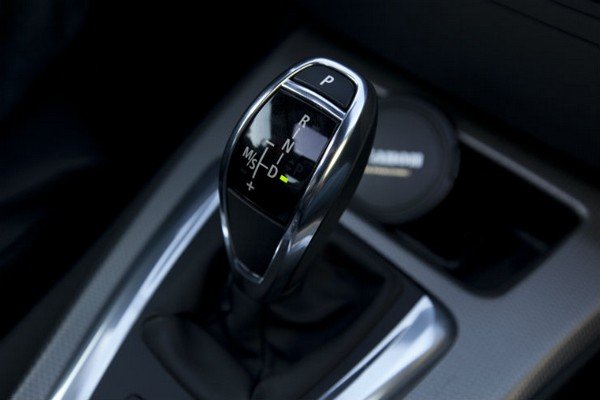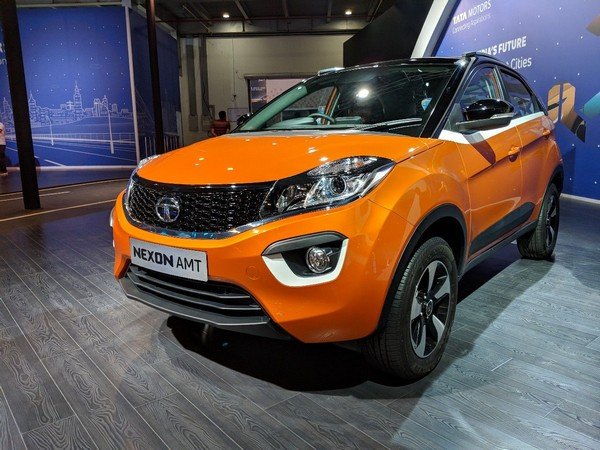Popular Tips
YOU MIGHT BE INTERESTED IN
Things You Should Know About Automated Manual Transmission
by Harish Kumar |
21/01/2019
If you are interested in buying an AMT-mounted two-pedal vehicle, here're all things that you should keep up on.












 Follow us on google news
Follow us on google news
